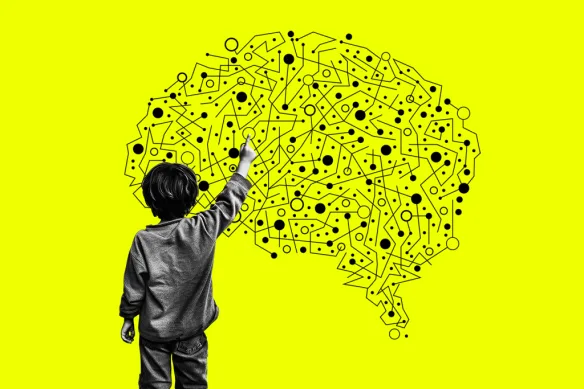Autism spectrum disorder (ASD) has become a topic of increasing concern and interest in recent years. Once considered a rare condition, its prevalence has risen significantly, prompting questions about the reasons behind this increase. While the exact causes remain a subject of ongoing research and debate, several factors contribute to our understanding of why autism has become more frequently diagnosed in recent times.
One primary factor contributing to the increased frequency of autism diagnoses is heightened awareness and improved diagnostic criteria. In the past, many individuals with autism might have gone undiagnosed or misdiagnosed due to a lack of understanding among healthcare professionals and the general public. As awareness has grown and diagnostic tools have become more refined, more individuals are being correctly identified and receiving the support they need.
Additionally, changes in societal attitudes and acceptance have played a role in the increased recognition of autism. In the past, there was a tendency to stigmatize neurodevelopmental differences, leading to reluctance among individuals and families to seek diagnosis and support. However, as society has become more inclusive and understanding of neurodiversity, there is greater willingness to acknowledge and address the challenges associated with autism.
Advances in medical research have also contributed to the rise in autism diagnoses. Scientists have made significant strides in understanding the genetic and environmental factors that influence the development of autism. Genetic studies have identified numerous genetic variants associated with autism, shedding light on the complex interplay between genetics and environmental influences. Furthermore, research into prenatal and perinatal factors, such as maternal health and exposure to certain toxins, has provided valuable insights into potential risk factors for autism.
It is essential to recognize that the increase in autism diagnoses does not necessarily mean that autism itself is becoming more prevalent. Instead, it reflects a better understanding of the spectrum of behaviors and characteristics associated with autism, as well as a more inclusive approach to diagnosis.
Despite the progress made in understanding autism, challenges remain in providing adequate support and resources for individuals and families affected by the condition. Access to early intervention services, specialized education programs, and healthcare services varies widely depending on factors such as geographical location, socioeconomic status, and cultural attitudes towards disability.
Addressing the needs of individuals with autism requires a multifaceted approach that encompasses education, healthcare, and social support systems. It is crucial to continue investing in research to better understand the underlying causes of autism and develop effective interventions and treatments. Additionally, efforts to promote awareness, acceptance, and inclusion of individuals with autism in all aspects of society are essential for building a more inclusive and supportive community for everyone.
In conclusion, the rise in autism diagnoses reflects a combination of factors, including increased awareness, improved diagnostic criteria, societal acceptance, and advances in medical research. While challenges remain, ongoing efforts to support individuals with autism and their families are essential for promoting their well-being and maximizing their potential. By working together, we can create a more inclusive and supportive society where all individuals, regardless of neurodevelopmental differences, can thrive.
Equipo T2S1.

